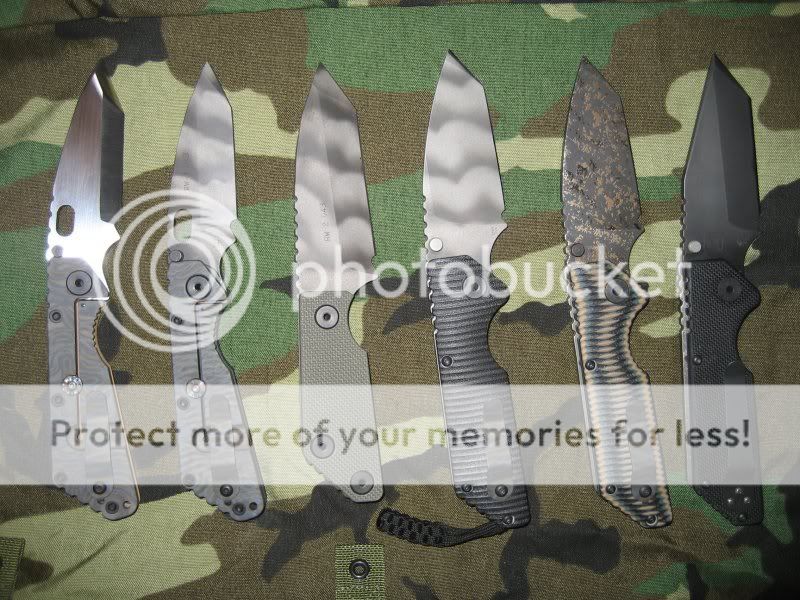GoingGear.com
Enlightened
So I am looking for a few knives for EDC, backpacking use, and cutting stuff in general, and am wondering about the different knife types. I can find plenty of information on the web about the materials (AUS 4 vs. AUS 8), but have been having trouble finding anything about blade shapes, lengths, etc.
Can anyone provide some insight into what the different blade types are good for? I just picked up a CRKT M16-10KZ and M16-13 off of ebay, and will probably buy a couple more. I am NOT looking for anything collectible or limited, so I don't need help with Klingon blades pros/cons.
Any links to sites explaining the differences would also be appreciated.
Can anyone provide some insight into what the different blade types are good for? I just picked up a CRKT M16-10KZ and M16-13 off of ebay, and will probably buy a couple more. I am NOT looking for anything collectible or limited, so I don't need help with Klingon blades pros/cons.
Any links to sites explaining the differences would also be appreciated.


